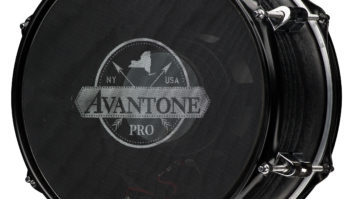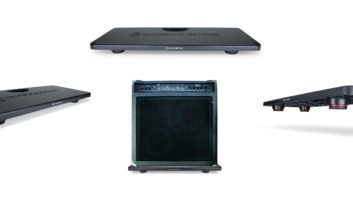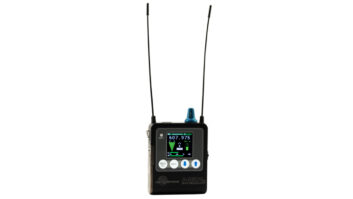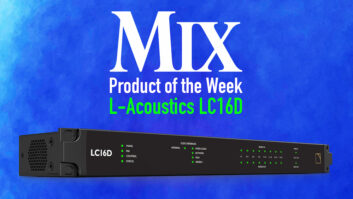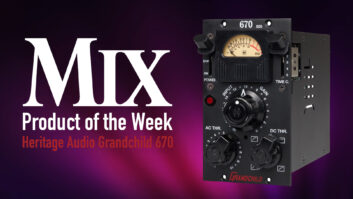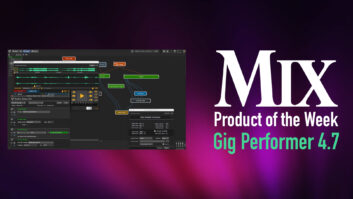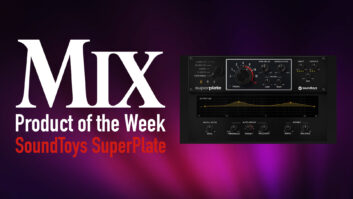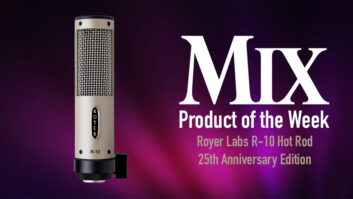Expanding its line of wireless products aimed at the film, broadcast, music and theater production markets, Lectrosonics has introduced the DPR plug-on wireless transmitter. Operating in the UHF band with a tuning range of 470.100 to 607.950 MHz (470 to 614 MHz for the export version), the DPR can be used with any microphone or line-level source via standard XLR connector. The DPR is part of the company’s D Squared family of digital wireless microphone products and is fully compatible with the DSQD receiver.
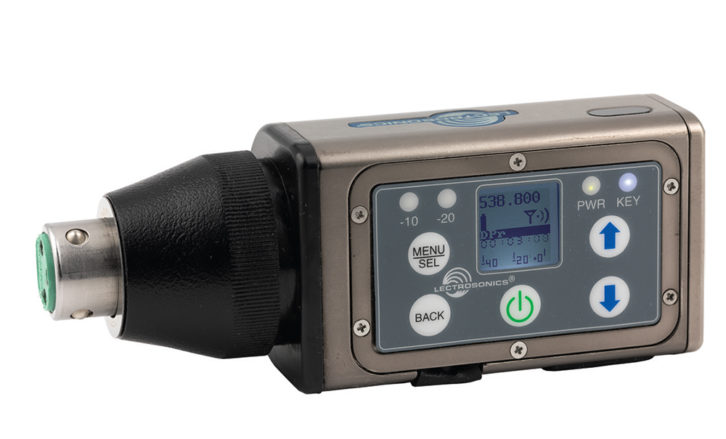
Transmission output power of the DPR can be switched between 25 or 50 milliWatts (roughly equivalent in range to 60 and 125 mW in an analog transmitter), and tuning can be adjusted in coarse (100 kHz) or fine (25 kHz) steps across its operating range.
The DPR employs high-efficiency digital topology for run times up to six hours using two AA lithium batteries (no phantom power applied) or up to 3.5 hours (48V phantom applied). Phantom power can be set to 5, 15 or 48 VDC, enabling use with a wide variety of condenser microphones.
Read more Product of the Week: Celemony Melodyne 5.
The DPR input amplifier utilizes an ultra-low noise op-amp for quiet operation, gain controlled with a wide-range, dual-envelope limiter, providing over 30 dB of headroom above full modulation. A/D conversion is 48 kHz/24-bit, and frequency response is stated as 25 Hz to 20 kHz; +0.5/-1.5 dB. An adjustable highpass filter can be set to -3 dB at 25, 35, 50, 70, 100, 120 or 150 Hz. The DPR uses AES 256-CTR encryption to ensure a high level of security for critical applications.
The DPR can also be used as a stand-alone audio recorder, storing WAV files to a microSD card. A 3.5mm TRS port enables the DPR to be jam-synched with SMPTE timecode, facilitating alignment of audio files during post-production. An internal clock uses a temperature-compensated crystal (TCXO) for < 1 PPM accuracy. The microSD slot can also be used for updating DPR firmware.
Additional features of the DPR include a housing machined from solid aluminum, IR port for quick system setup, gain control range of 55 dB in 1dB steps, and an input coupler made from DuPont Delrin to improve the ERP of the antenna in the uppermost frequency bands.
More info here.
